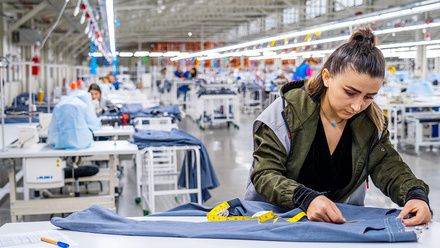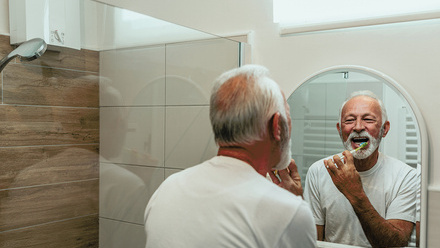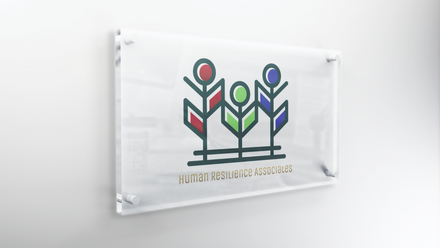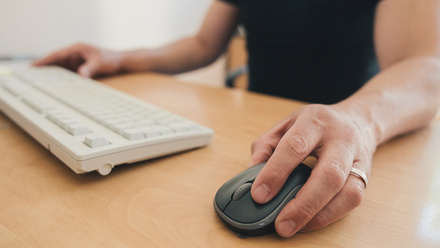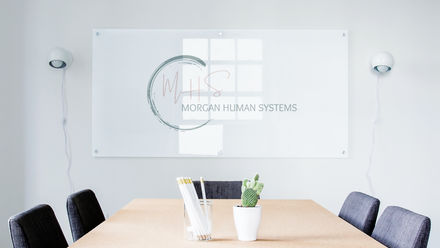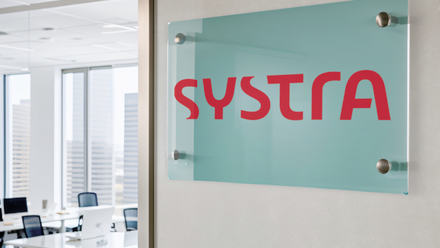Lightening the load
A new study has examined the role exoskeletons can play in making overhead work easier and more comfortable. Researchers set participants a series of ten-minute tasks which they performed with and without the devices on their upper limbs. They recorded activity levels in eight different muscle areas and comfort ratings relating to six parts of the body were also collected.
When participants used the passive exoskeletons, the study found that muscle activity decreased by up to 58%. However, there were only “limited differences” in comfort between tasks carried out with the equipment and those without.
Passive exoskeletons support the wearer by bracing movements and storing energy, while active devices provide a positive transfer of energy to the body, typically by using motors. The technology could be used to transform physical work as well as play a role in medical treatment and rehabilitation after injury.
The study in the journal Applied Ergonomics said: “These findings indicate that passive upper limb exoskeletons may have potential as an effective intervention to reduce muscular loading and physical exertion during overhead work.”
Read the full article
